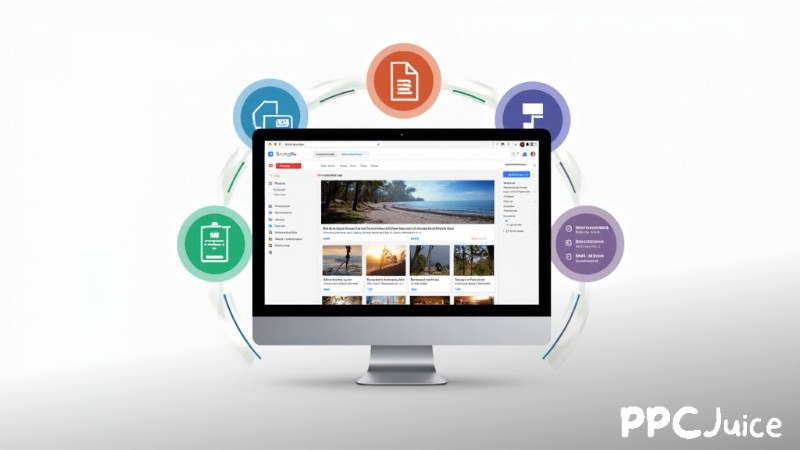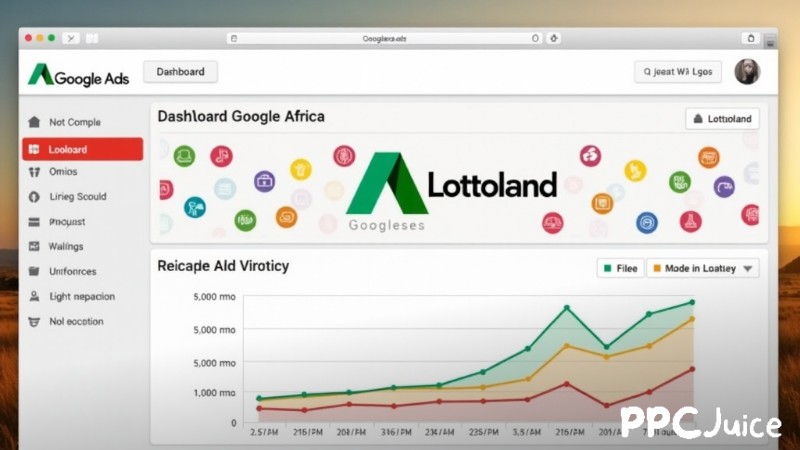
Pay-per-click (PPC) advertising continues to evolve, driven by new technologies and shifting consumer behaviour. With 2025 on the horizon, businesses are preparing for major changes in how they manage and execute their campaigns. From advanced tools to ethical marketing practices, staying competitive means embracing these shifts.
Looking ahead, projections indicate that global digital ad spend will approach $800 billion (£630 billion) by 2025. This increase comes as advertisers leverage advancements like artificial intelligence (AI), voice search optimisation, and data privacy measures. To stay ahead, marketers are adopting strategies that not only boost conversions but also align with consumer expectations.
First off, artificial intelligence has become a cornerstone of PPC advertising. Tools powered by AI can analyse vast amounts of data in seconds, helping marketers make smarter decisions. Predicting user behaviour, crafting personalised ad copy, and optimising budgets are just a few ways AI is revolutionising the field.
For example, machine learning enables platforms to build detailed audience profiles based on browsing history and past interactions. These insights allow businesses to deliver ads tailored to specific needs, boosting click-through rates and reducing wasted spend. As competition increases, integrating AI into campaigns will be essential for success.
Key Takeaways
As technology continues to evolve, digital advertising is undergoing significant changes in 2025, driven by advancements like AI, voice search optimisation, and data privacy measures.
- Artificial intelligence (AI) is revolutionising PPC advertising by analysing vast amounts of data, predicting user behaviour, and crafting personalised ad copy.
- Voice search is reshaping digital advertising, requiring businesses to adapt their keyword strategies and focus on natural-sounding phrases and question-based keywords.
- First-party data becomes a priority as third-party cookies phase out, with marketers turning to collecting information directly from customers through websites, apps, and newsletters.
Voice Search changes keyword strategies
With devices like Amazon Alexa and Google Assistant gaining popularity, voice search is reshaping digital advertising. Users often phrase voice queries differently than text searches, using conversational language and longer keywords. Businesses must adapt by focusing on natural-sounding phrases and question-based keywords.
Voice search optimisation isn’t just about keywords; it’s also about timing. Many voice searches are made on the go, so targeting users with location-specific adverts or quick purchasing options can be highly effective. Ignoring this trend risks missing out on a growing segment of tech-savvy consumers.
First-party data become a priority
As third-party cookies phase out, marketers are turning to first-party data to fuel their campaigns. Collecting information directly from customers through websites, apps, and newsletters gives businesses more control over targeting whilst respecting privacy laws.
This shift highlights the importance of building trust with users. Clear communication about data usage and offering value in exchange for personal information—like discounts or exclusive content—can encourage customers to share their preferences. First-party data not only strengthen PPC efforts but also foster long-term customer loyalty.
E-commerce and cross-platform adverts will gain traction
E-commerce platforms are increasingly integrated with PPC campaigns, streamlining the customer journey. Ads on Google Shopping or Amazon often lead directly to product pages, simplifying the purchasing process. This trend benefits both advertisers and shoppers by reducing friction and speeding up transactions.
In 2025, expect to see more brands using PPC to drive immediate sales. Dynamic adverts showcasing in-stock items, discounts, or related products will play a key role in attracting buyers. For smaller businesses, these integrations provide a cost-effective way to compete with larger retailers.
Meanwhile, consumers interact with brands across multiple platforms, from social media to streaming services. To capture attention, advertisers are creating cohesive campaigns that span different channels. For example, a customer might see a Facebook ad, follow up with a Google search, and complete their purchase via an email offer.
Managing these multi-channel campaigns requires advanced tools and analytics to ensure consistency. Advertisers who master cross-platform strategies can reach broader audiences and reinforce their messages at every stage of the buyer journey.
Ethical advertising gains importance
Sustainability and social responsibility are becoming key factors in marketing decisions. Consumers increasingly support brands that align with their values, making ethics a powerful differentiator in PPC campaigns. Ads promoting eco-friendly practices, charitable initiatives, or inclusivity can resonate deeply with modern audiences.
Highlighting these values isn’t just good for the planet—it’s also good for business. Research shows that companies with strong ethical practices enjoy higher brand loyalty and customer retention. As public awareness grows, incorporating socially responsible messaging into PPC strategies will become even more critical.

